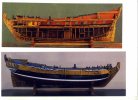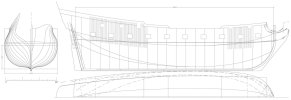Continued from my last post:
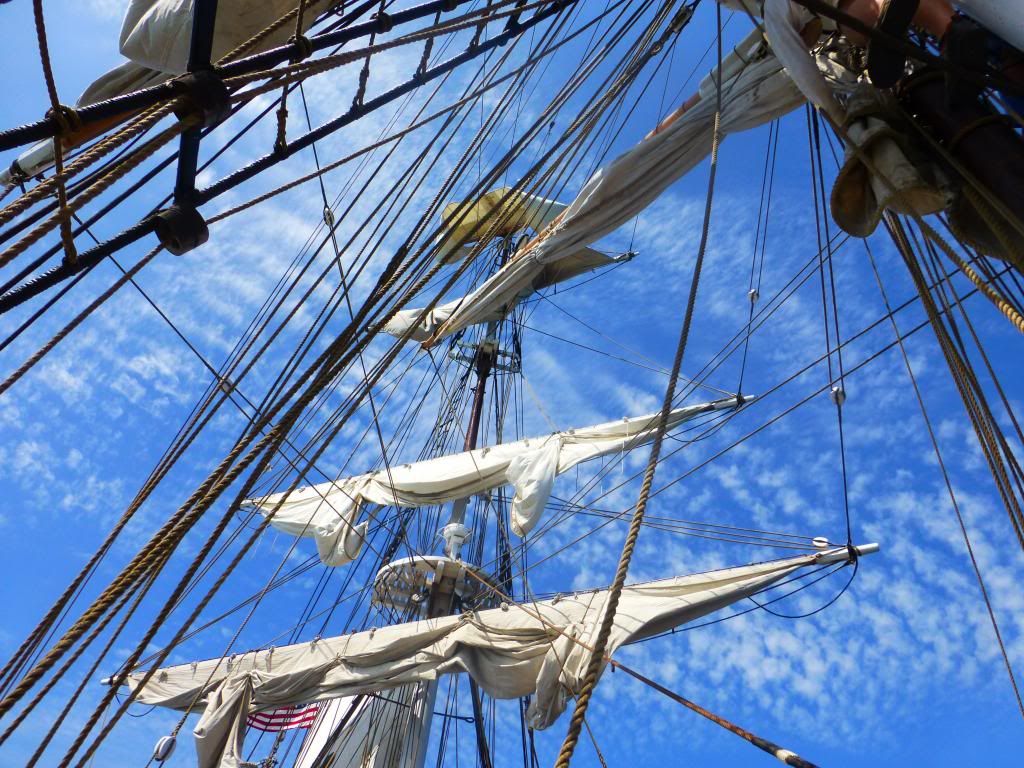
To complement the video. The mains'l should actually match the main tops'l here.

For step 2. The t'gallant should mimic the behavior of the main t'gallant and main royal in the drawing.
For step 7. The fore tops'l should mimic the behavior of the fore tops'l here.
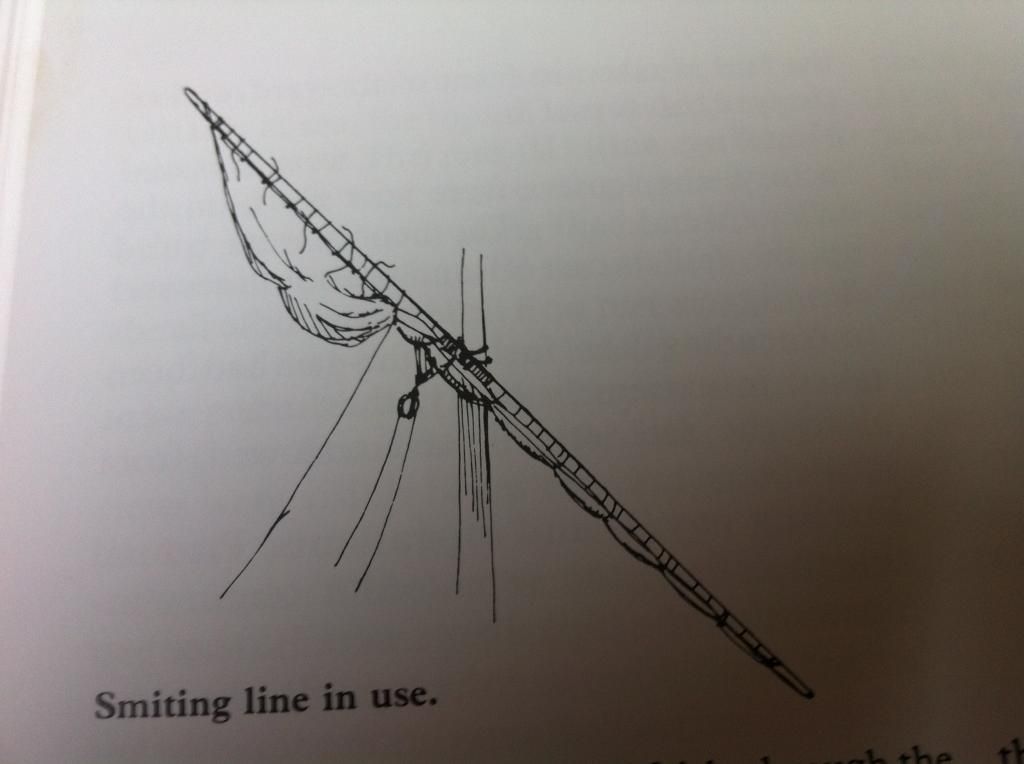
For step 4. The sail should be hanging loosely along the entire thing, like the aft third here. It should be bundled to the gaff at four equally spaced points.
Explaining step 5: The sail won't receive any of the breeze. It is completely blocked by the fores'l.
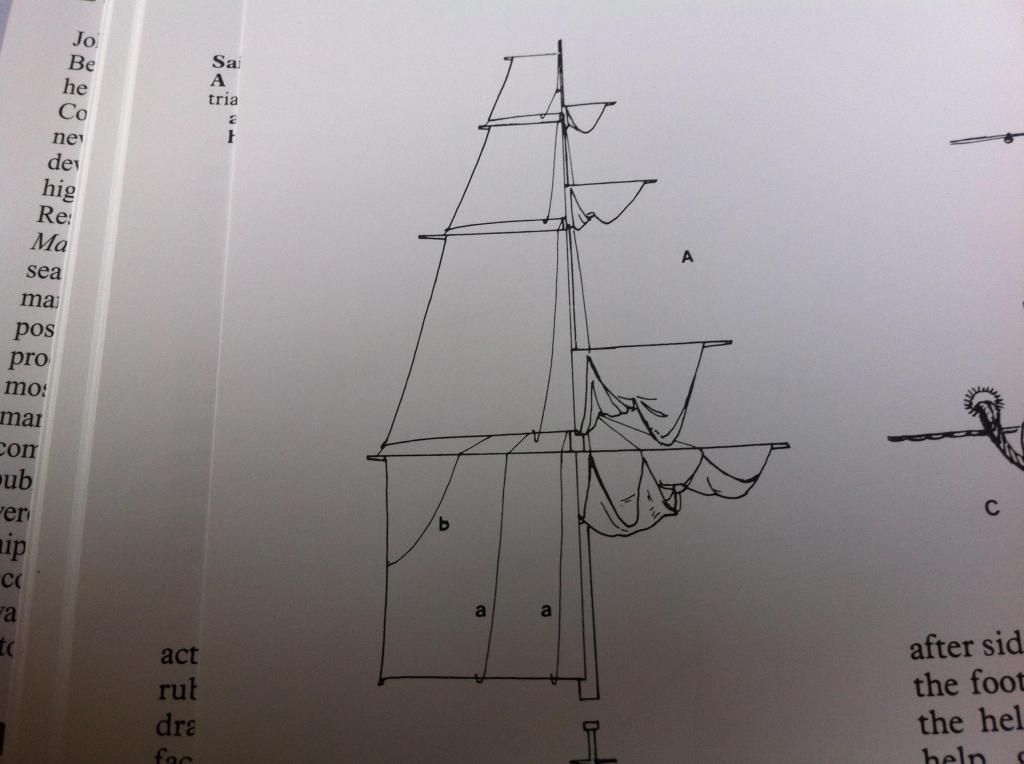
A diagram to help explain how the squares are doused.

For steps 3 and 6. For furled heads'ls, see the sails lying on the jibboom. For the stays'ls, see the doused sail bundled loosely in the foretop, right below the foretops'l yard. (Not the gaff-rigged sail, the one above it. It's hard to see, but it's the only good picture I could find.)
Finally, the fores course should look more like either of the courses in the following two videos:
Medium breeze:
25 knot breeze: (hooray!)
If you want to make the sails behave like it's less windy, I can provide about twenty excellent photographs of that, too. I got a few excellent ones while swimming with a waterproof camera.
Edit: films not showing up. Wait a minute or two.
Finally, the fores course should look more like either of the courses in the following two videos:
Medium breeze:
25 knot breeze: (hooray!)
If you want to make the sails behave like it's less windy, I can provide about twenty excellent photographs of that, too. I got a few excellent ones while swimming with a waterproof camera.
Edit: films not showing up. Wait a minute or two. Fixed.

To complement the video. The mains'l should actually match the main tops'l here.

For step 2. The t'gallant should mimic the behavior of the main t'gallant and main royal in the drawing.
For step 7. The fore tops'l should mimic the behavior of the fore tops'l here.

For step 4. The sail should be hanging loosely along the entire thing, like the aft third here. It should be bundled to the gaff at four equally spaced points.
Explaining step 5: The sail won't receive any of the breeze. It is completely blocked by the fores'l.

A diagram to help explain how the squares are doused.

For steps 3 and 6. For furled heads'ls, see the sails lying on the jibboom. For the stays'ls, see the doused sail bundled loosely in the foretop, right below the foretops'l yard. (Not the gaff-rigged sail, the one above it. It's hard to see, but it's the only good picture I could find.)
Finally, the fores course should look more like either of the courses in the following two videos:
Medium breeze:
If you want to make the sails behave like it's less windy, I can provide about twenty excellent photographs of that, too. I got a few excellent ones while swimming with a waterproof camera.
Edit: films not showing up. Wait a minute or two.
Finally, the fores course should look more like either of the courses in the following two videos:
Medium breeze:
If you want to make the sails behave like it's less windy, I can provide about twenty excellent photographs of that, too. I got a few excellent ones while swimming with a waterproof camera.
Edit: films not showing up. Wait a minute or two. Fixed.














